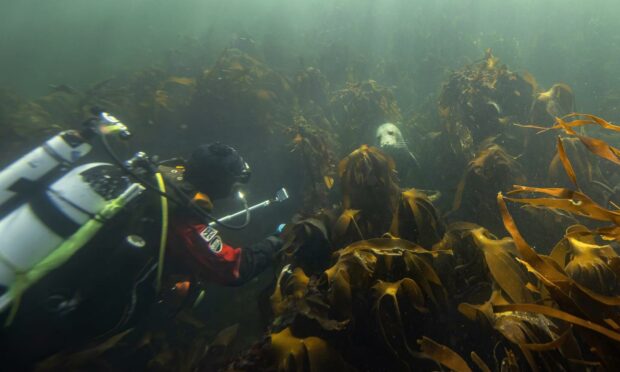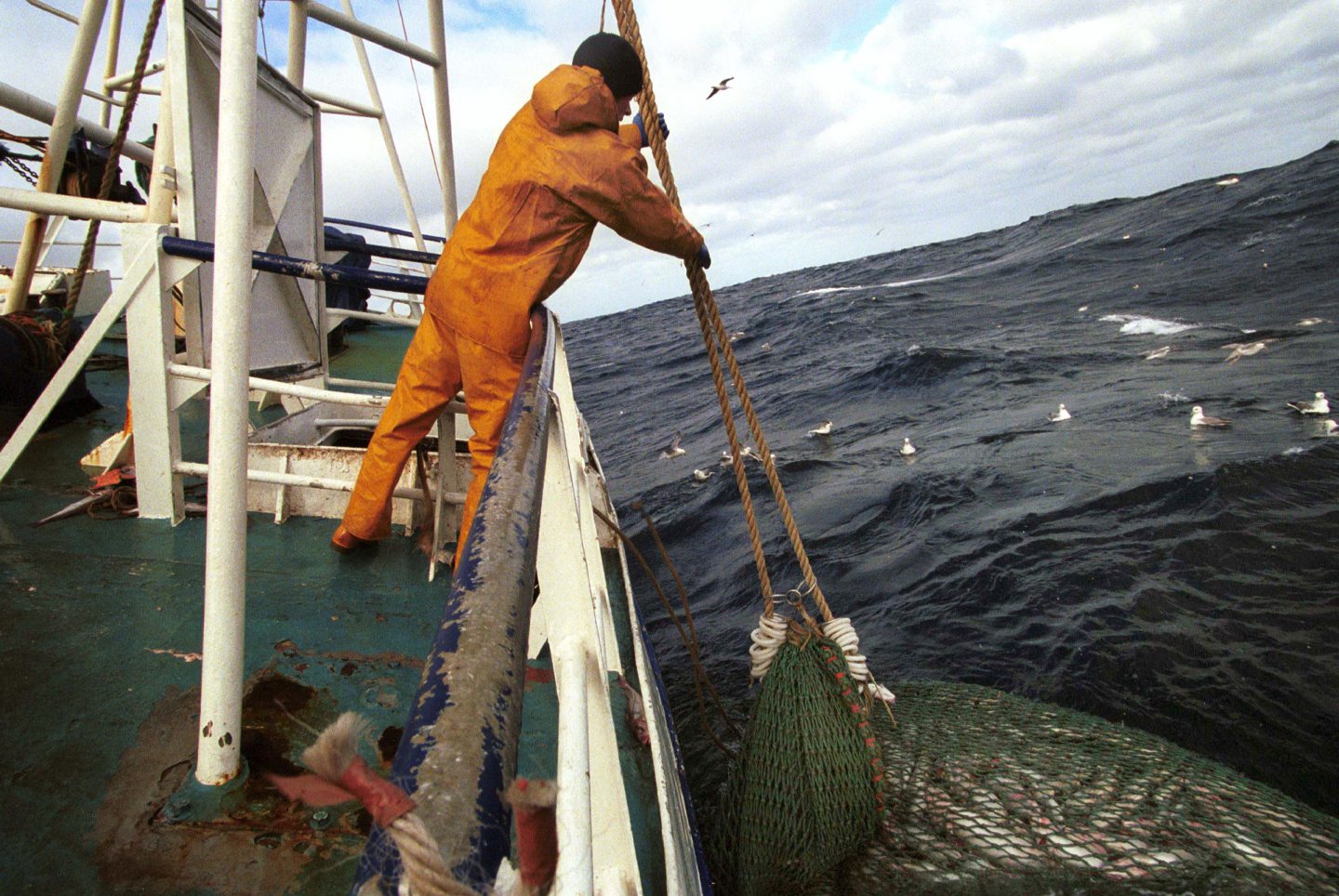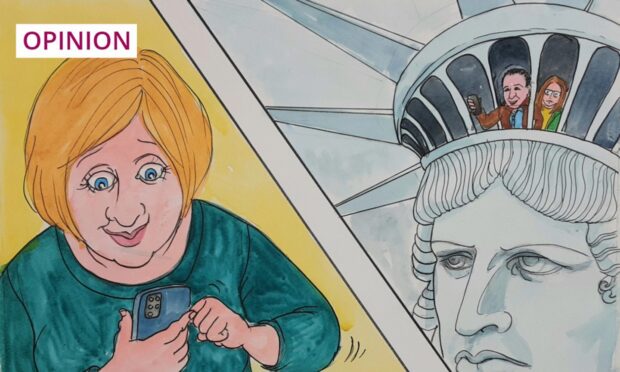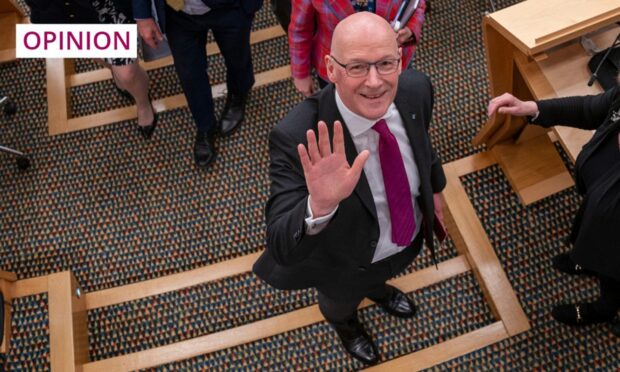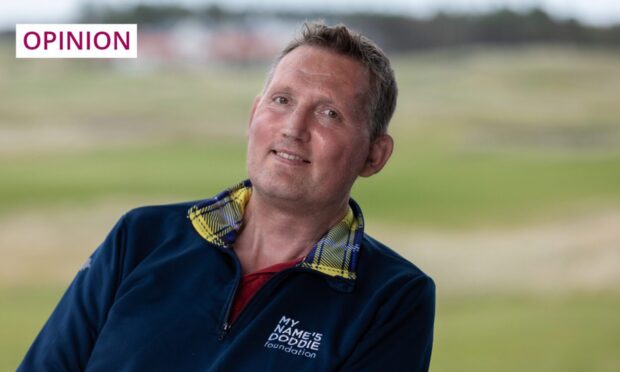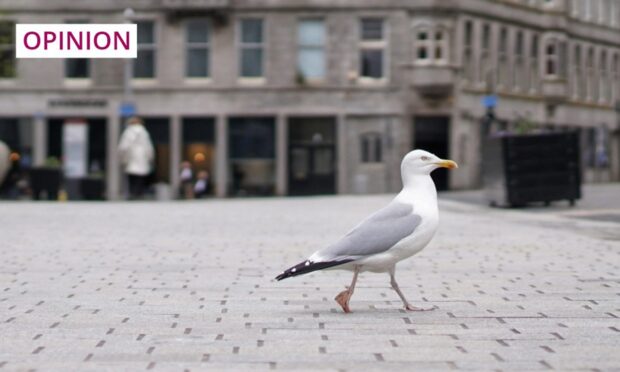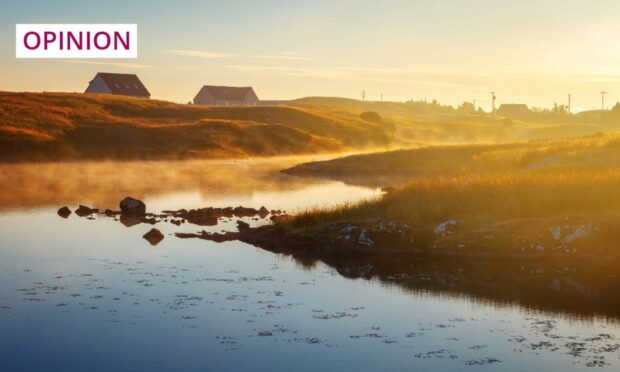The COP circus has moved on from Scotland, and the extent to which the glass is half full or half empty is still being debated.
Many announcements were made by states in addition to the core final Glasgow Climate Pact, but there are some important elements in that document itself which weren’t present two years ago in Madrid – even though the oil industry, astonishingly, still avoided a mention.
“Blue carbon” is an issue of particular interest to Oceana, and that hadn’t previously featured in a COP text. The specific wording talks about “marine ecosystems acting as sinks and reservoirs of greenhouse gases”. Researchers have increasingly turned their attention to this issue: just over half of all the carbon stored in Scotland is at sea rather than in forests or peatlands.
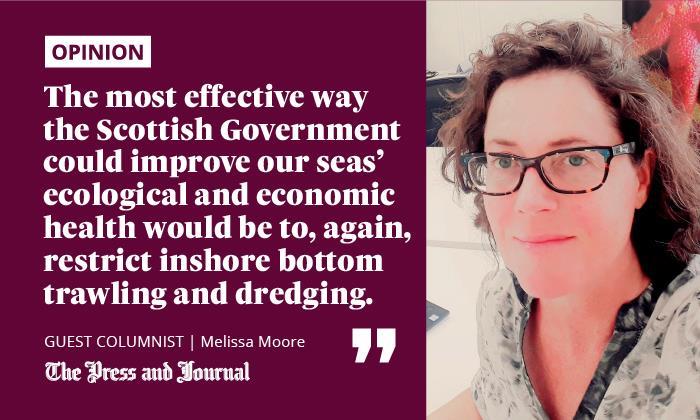
Governments may use natural carbon sequestration as an excuse not to cut emissions, and that may become even more tempting as the data improves. But it is definitely a step forward to further recognise the importance of these ecosystems globally, especially if left undisturbed.
In Scotland’s waters, as elsewhere, the same places are typically rich in biodiversity. Kelp forests, saltmarshes, and our dwindling seagrass meadows are the most obvious, although the bulk of the carbon is stored directly in muddy sediments in open seas and in sea lochs.
Climate change itself is a threat to these ecosystems, of course. Kelp forests are retreating at the southern end of their range, along the Portuguese coast. This just emphasises the threats to Scotland’s waters if we – as a planet – don’t tackle climate change far more effectively.
Dredging and trawling poses a huge threat
The most direct and immediate threat to our blue carbon hotspots comes from dredging and trawling, which destroys complex seabed structures like cold-water corals, maerl and seaweeds, and disturbs sediments, putting as much previously stored carbon back into the water as is put into the atmosphere by aviation.
As parliament’s researchers have put it, without adequate protection, blue carbon habitats and stores may become future sources of carbon emissions. Removing or damaging features like kelp forests also aggravates the effects of an already changing climate. Especially in low-lying parts, kelp helps reduce storm surges and coastal erosion.
The most effective way the Scottish Government could improve our seas’ ecological and economic health would be to, again, restrict inshore bottom trawling and dredging. Trawling was banned out to three nautical miles until the 1980s, and the destruction of nursery habitats when the ban was lifted led to extraordinary ecological damage and the collapse of inshore fin fisheries.
While communities and the creelers keep pressing for this critically important measure, there is hope for change elsewhere. Government ministers have agreed to expand the network of marine protected areas, including a new string of Highly Protected Marine Areas: 10% of Scotland’s seas where all damaging activities will be prohibited.
The evidence from around the world is that highly protected areas boost fish numbers and biomass. The local fishing industry benefits, as fin and shellfish species have safe havens to grow and reproduce, replenishing the surrounding area.
Marine protection means next to nothing right now in Scotland
In addition to designating highly protected sites, the Scottish Government must urgently manage the existing network of Marine Protected Areas. The vast majority are still open to trawling and dredging.
Our leaders can simultaneously protect our richest carbon stores and promote high value, low impact fisheries
In August, Oceana published research showing that, of the 24 offshore Scottish sites, all but the two in the deepest waters were damaged by bottom-towed gears last year. We suspect inshore sites suffered even more extensive damage, but there is little tracking of inshore vessels.
Allowing bottom towed fishing gear in Marine Protected Areas breaks both the Habitats Regulations and the Marine (Scotland) Act, more than a decade after that legislation passed. The time has come for ministers to close these areas entirely to the most destructive activities. The public expects this designation to mean something, and, across far too much of Scotland’s seas, it means next to nothing right now.
#TransformTrawling FACT: #BottomTrawling has the highest cumulative environmental impact of any fishing practice, when considering its scale and characteristics and measured by aggregated expert opinion https://t.co/LurOxdqSmo #IYAFA2022 #SDG14 pic.twitter.com/Hmju9lZIMG
— Oceana (@oceana) December 9, 2021
With site-wide protections, plus new areas carefully chosen to protect biodiverse inshore areas, this network can deliver a wide range of benefits over the current deregulated and destructive status quo.
Biodiversity should still be at the core of these changes, but our leaders can simultaneously protect our richest carbon stores and promote high value, low impact fisheries.
For too long, governments of all parties have adopted an “out of sight, out of mind” attitude to our seas, even our precious inshore waters. The language is changing, internationally and at home, and there are some commitments now to hold ministers to. We certainly intend to do so.
Melissa Moore is UK head of policy for nonprofit ocean preservation organisation, Oceana
